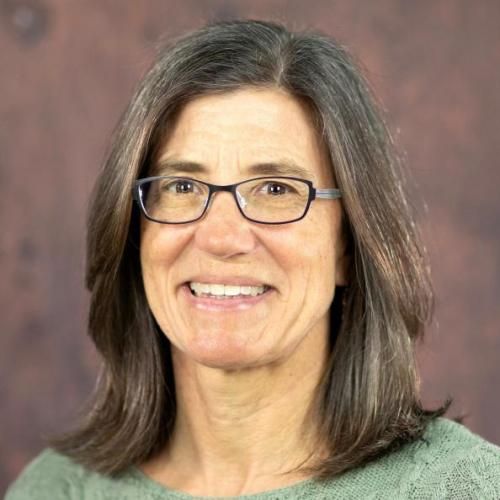In-vivo staging of liver fibrosis in a rat model using acoustic radiation force
Liver fibrosis is currently staged using needle biopsy, a highly invasive procedure with a number of disadvantages. Measurement of liver stiffness changes which accompany progression of the disease may provide a quantitative and noninvasive method to assess the health of the liver. The purpose of this study is to investigate the correlation between radiation force derived shear wave speed and disease related changes in the liver. Liver fibrosis was induced in 10 rats using carbon tetrachloride (CCl4), while 5 rats acted as controls. Liver stiffness was measured in vivo in all rats after a treatment period of 8 weeks using a modified Siemens SONOLINE Antares™ scanner. The animals were sacrificed after imaging and liver samples were taken for fibrosis staging using the Batts and Ludwig scale and collagen quantification using Sirius red staining. At the end of the treatment period, 4 rats had healthy livers (stage F0), while 8 had severe fibrosis (F3), and the rest had light to moderate fibrosis (Fl and F2). The mean measured liver stiffness for the F0 group was 1.2±0.1kPa, and for F3 livers was 1.6±0.2kPa. The difference in population means of FO and F3 liver stiffness was significant (p < 0.01), suggesting that radiation force can be used to differentiate F0 and F3 livers. However, the nonquantitative nature of fibrosis staging using the Batts and Ludwig method coupled with the relatively small changes in liver stiffness between F0 and F3 livers may make detecting stiffness differences between livers with light to moderate stage fibrosis (F1 and F2) difficult. Nevertheless, other quantitative measures of the liver health exist, which may better reflect changes observed in liver stiffness than fibrosis stage. In this study, liver stiffness was found to be strongly correlated with the amount of collagen in the liver measured by Sirius red staining (r = 0.7, p < 0.01). The relationship between radiation force measured liver stiffness and other quantitative parameters characterizing the liver health are currently being explored. ©2007 IEEE.




